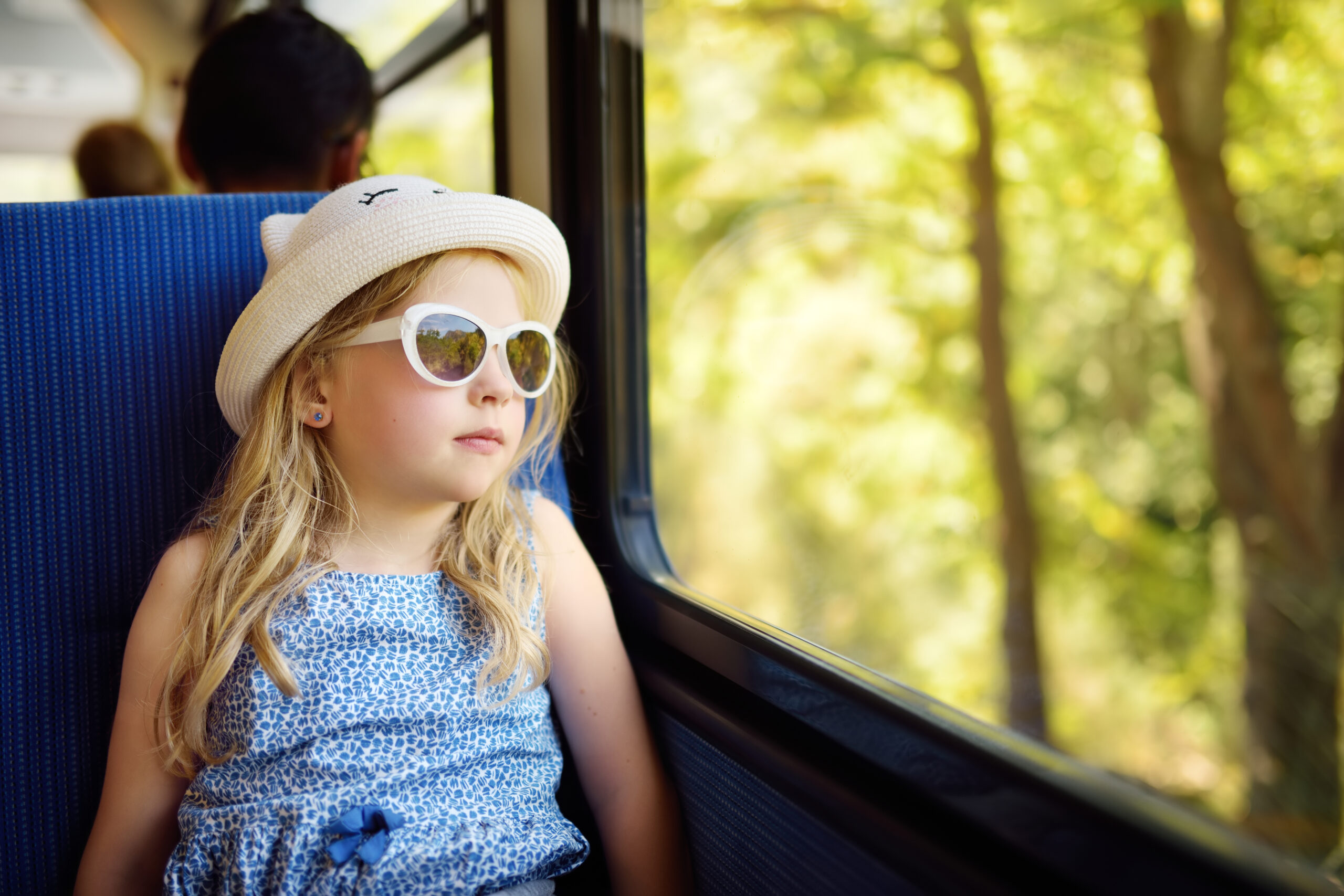
Everyday leisure travel by public transport
To reduce the environmental and climate impact of transport, more people need to use public transport also for their leisure journeys. Leisure travel places different demands on public transport, such as the need for more frequent services in the evenings and at weekends, and more space for luggage, bicycles, or prams, compared to commuting to work or school.
Emma Strömblad has studied everyday leisure travel and earned her PhD at Lund University with the thesis Everyday leisure travel – Understanding car use for social and recreational trip purposes (pdf).
The everyday leisure travel studied by Emma includes journeys to social activities, such as visiting friends and family, as well as trips to leisure pursuits like exercising, spending time in nature, or going to the theatre.
“Everyday leisure travel accounts for as much as one third of all car kilometres driven in Sweden,” says Emma Strömblad.
In her research, Emma Strömblad has focused on what is needed to reduce car use and to increase the number of leisure journeys made by active and sustainable modes of transport, such as walking, cycling and public transport.
“Taking part in leisure activities is important for our wellbeing, and the car offers many advantages as a mode of transport. At the same time, car travel has negative effects on our health, the environment, and the climate. Cars also take up a lot of space,” says Emma.
Emma has analysed travel surveys and conducted interviews with travellers about their choice of transport mode. The results show that flexibility is key. The car and the bicycle are the modes that best meet travellers’ expectations regarding flexibility. Public transport, for example, can support combined travel, where passengers can easily park their car, bring their bicycle, or hire a bike at a public transport stop. More frequent services throughout the day and week also contribute to public transport being perceived as a more flexible option.
To encourage more people to choose public transport for leisure journeys, pricing structures may also need to be reviewed.
“Group discounts could be a low-hanging fruit. Infrequent travellers pay a relatively higher price than regular commuters, and group discounts could, for instance, encourage families with children to use public transport more for leisure travel,” Emma suggests.
Emma Strömblad’s studies also show that passengers are hesitant to use public transport when carrying large bags, prams, or other items needed for leisure activities.
“Travellers I interviewed expressed both a lack of physical space for luggage on buses and trains, and a fear of being in the way or causing inconvenience when travelling with a lot of gear,” says Emma.
